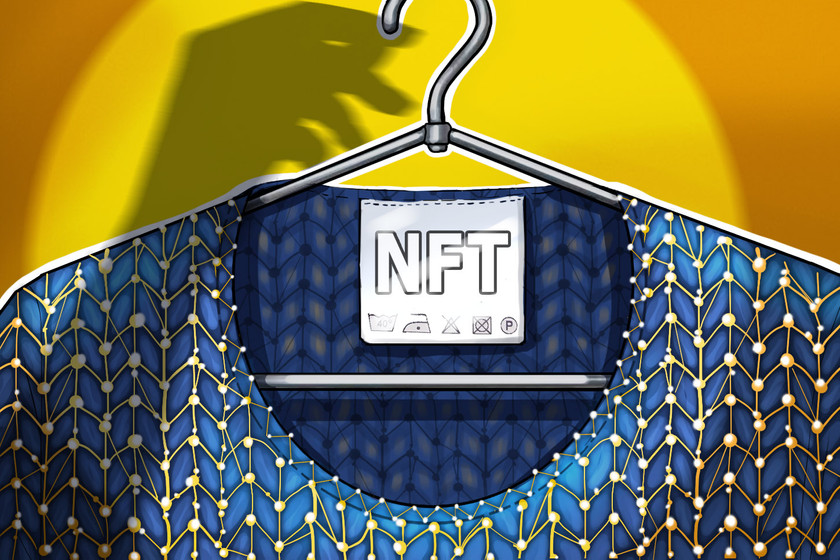
A whopping 35.8% of the world’s largest crypto projects haven’t uploaded a single blog post in 2023.
More than a third of the top 1,000 crypto projects — a term that includes both crypto companies and individual tokens — haven’t published a single new article on their respective websites in 2023.
According to a May 1 research report, from blockchain marketing agency Guerilla Buzz — whose clients include the likes of Coingecko and crypto exchange AAX — a staggering 35.8% of the top 1,000 cryptocurrency projects have failed to update their websites with any new written content this year.
Additionally, the report found that of these 1,000 projects, less than half (49.7%) have posted more than 2 new articles in 2023.
Guerilla Buzz researchers stated that the inspiration for the comparative study emerged after noticing that “many crypto companies do not prioritize strong marketing foundations.” Instead, the bulk of these companies choose to focus their efforts on “generating hype for their token sales” and “opting for short-lived growth spurts” instead of prioritizing long-term organic growth.
The paper claims that the research methodology was “straightforward” yet “labor-intensive.” First, researchers manually inspected the corresponding website of the top 1,00 crypto projects to see if it had a blog. From there they assessed the number of articles published within recent years and checked to see how many new blog posts had been published in 2023.

Of the top 10 crypto projects, Binance’s BNB Chain was the clear blogging leader, with 59 new articles published this year. In second place was Polygon (MATIC) with 36 new posts, followed by Cardano (ADA) with 12.
The paper also found that the most popular blogging website of choice for crypto projects was the free blog hosting website Medium. This is reportedly a practice that has stuck around since the days of the 2017 Initial Coin Offering (ICO) craze, where thousands of new projects popped up in the span of a few months, many of which opted for little more than a one-page website, a whitepaper, and “lofty promises of a tech revolution.”
Related: This blockchain-based social media platform is going after TikTok
Notably, while Medium remains the go-to platform for many crypto project blogs, it may not actually be the best choice for companies seeking long-term growth.
“By relying on Medium’s platform, these companies are essentially boosting Medium’s traffic and growth instead of their own,” researchers wrote.
“While Medium’s excellent on-page SEO capabilities and high domain authority may have made it an easy choice for crypto companies seeking to generate buzz quickly, this focus on short-term gains may not be sustainable in the long run.”
Magazine: Why join a blockchain gaming guild? Fun, profit and create better games











